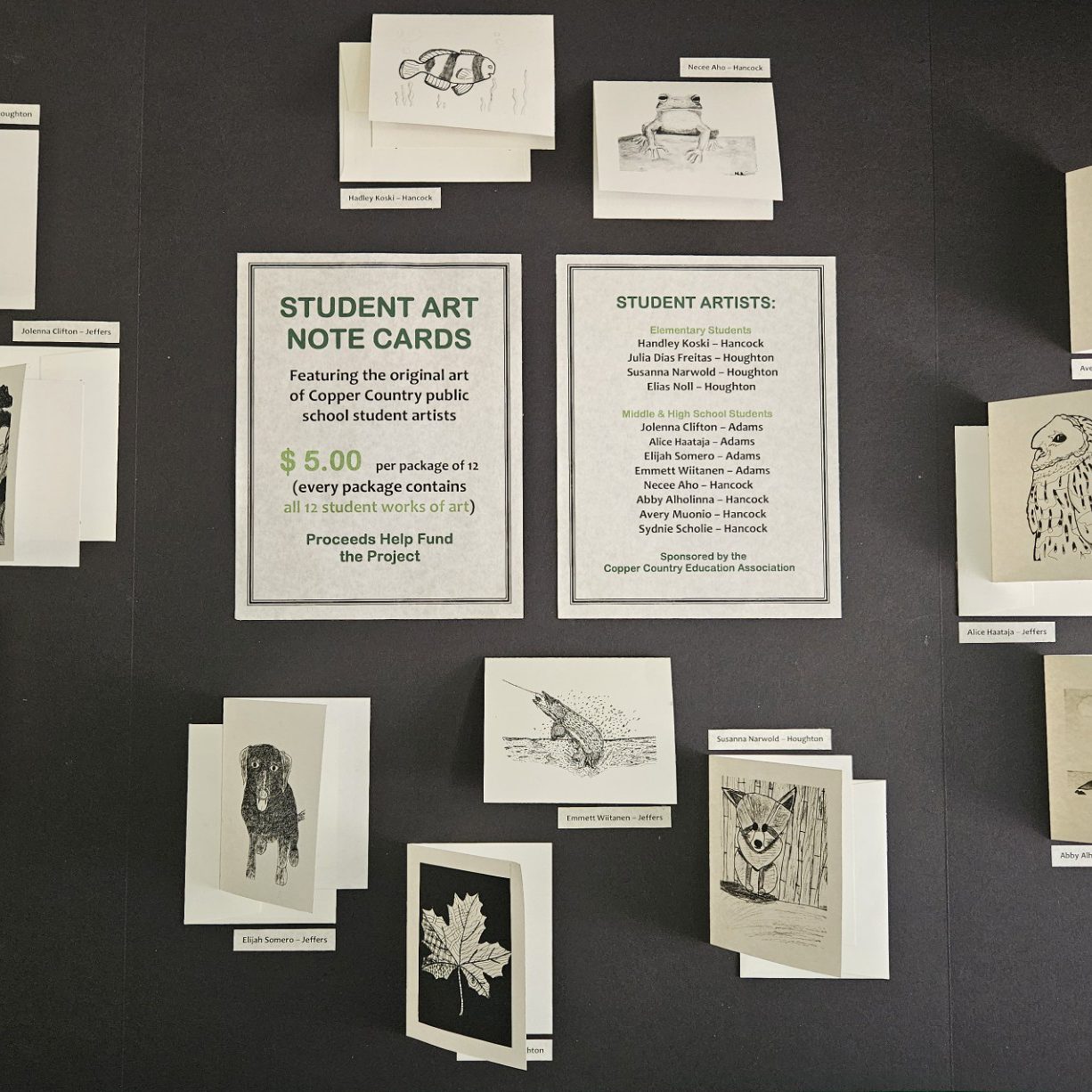Resources for Student Learning During Coronavirus School Closures

Nothing can replace the face-to-face education that our public schools provide, but parents and educators who are looking for ways to keep school-age children engaged and learning during this unexpected break from school can find ideas and resources online.
Of course, one problem with online learning is the digital divide that exists across the country between families with access to reliable high-speed internet and those without it. Some 15 percent of American households with school-age children do not have high-speed internet, according to the Pew Research Center.
Because school closures across the country have sent tens of millions of American schoolchildren home for the time being, Comcast is offering free, no-contract high-speed internet to low-income people for 60 days, as are several other local internet providers. While this doesn’t address the lack of computers, increasing awareness for families who might need this support is critically important.
Among the high-quality resources available for parents to access, Scholastic is offering free online courses for the indefinite future. The company has launched a Learn at Home website with course offerings targeting preschool through sixth grade and up.
At PBS Kids for Parents, parents can sign up to receive a free weekday newsletter with ideas for home learning and also search for content by age and interest.
Some free offerings have been around for a while but are offering additional help during the Covid-19 crisis – such as Khan Academy, which has PreK-12 courses and tutoring in a number of subjects plus a daily schedule during the widespread school closures.
Similarly, Code.org – the nonprofit dedicated to expanding access to computer science – has compiled resources that allow students to learn computer science at home.
For the duration of the school closures, Michigan Virtual is offering more than 70 free online courses for students in grades 6-12. And if you’re an educator wanting to learn more about digital or blended learning, you can pick up SCECHs and practical knowledge for free until April 20 through the online professional development platform.
For a mix of everything from ideas for sparking creativity, to worksheets and activities, and virtual tours, take a look at this crowd-sourced Google form – updated daily – that has garnered so many resources that it is looking to expand to a more user-friendly searchable format soon.
For the younger set – age 1-5 or so – Five Minute Mum is the blog of a former teaching aide turned stay-at-home mom in the United Kingdom, whose advice on how to structure long days at home with little ones and tons of ideas for activities has become a hit with folks in quarantined countries.
The changes we’re all facing have come at us quickly. No one – adult or student alike – has had much time to process or adjust to the changes.
If it all seems a bit overwhelming, Michigan Teacher of the Year Cara Lougheed shared this advice for parents on social media this week – the same words of wisdom she shares with first-year teachers:
“Pace yourself—you have lots of days ahead of you, and there is plenty to learn. You don’t need to do ALL the cool things this week.
“Be careful about how you start—one of the biggest mistakes I see new/young teachers make is over-promising to their students and to themselves. Keep your expectations & your schedules realistic. Ask yourself: can I keep this up 5 days a week for a month or more? Will my kids be able to? If the answers are no, readjust your expectations. Yes, your kids will get more screen time. That. Is. Ok.
“Make time for adults—and for yourself. Your kids don’t need constant entertainment. They can still play outside, build a fort, clean their rooms, stare at the ceiling…whatever, without your supervision or a task list to check off.
“We’re all going to be ok. Your kids know you love them, and everyone is doing their best.”
Have ideas or resources to share? Use the comments below or email MEA Voice Editor Brenda Ortega at bortega@mea.org.



